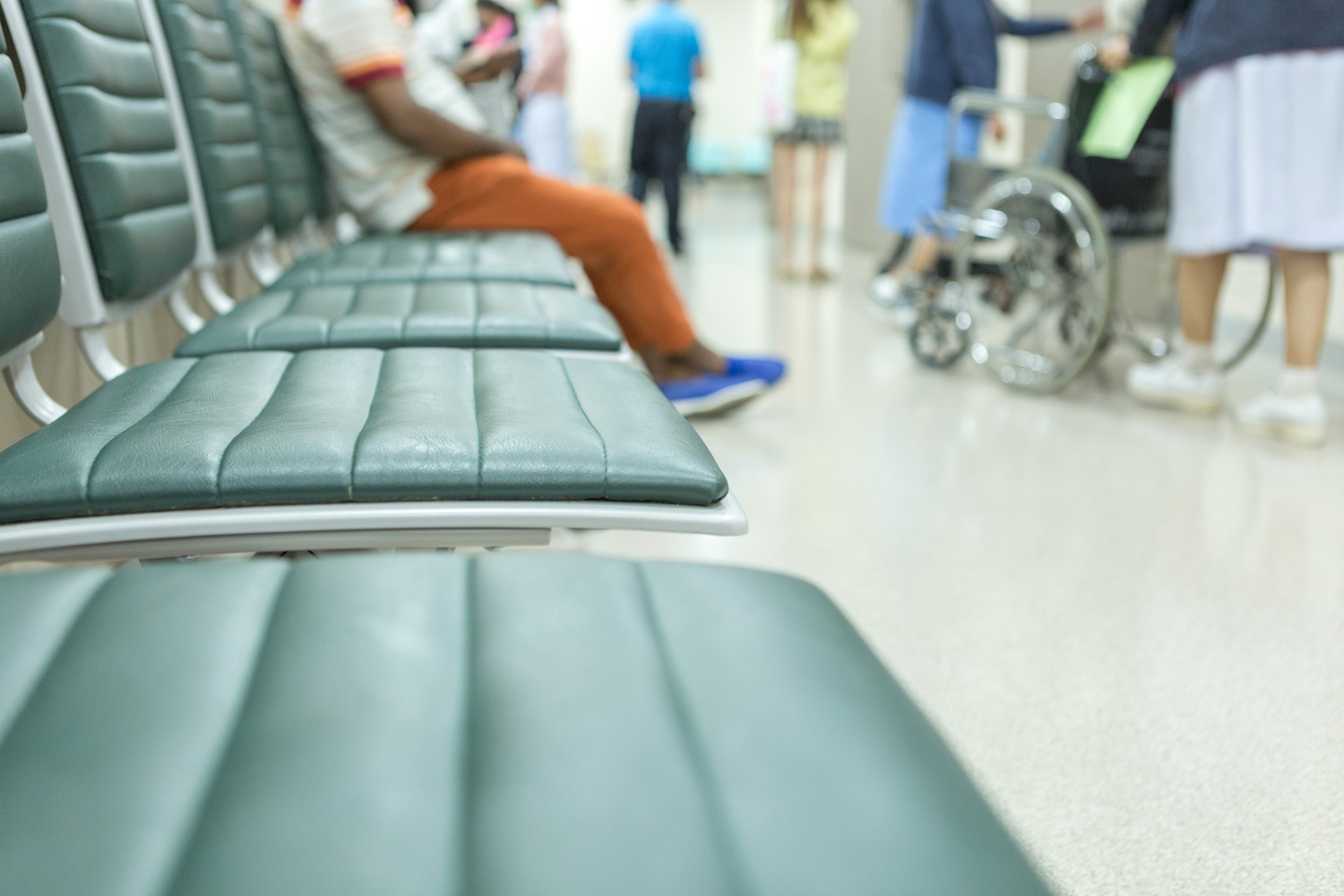EMERGENCY DEPARTMENT (ED) visits for cancer patients are on the rise, and more than half of those visits are potentially avoidable, according to a study published in the January 2023 issue of JAMA Network Open.
The study, which evaluated 35.5 million ED visits among patients with cancer, found that the number of visits per year rose from 1.8 million in 2012 to 3.2 million in 2019. Of those visits, 51.6% were for reasons such as anemia, nausea, fever, dehydration, neutropenia, diarrhea, pain, pneumonia, sepsis and emesis, which are considered potentially preventable through regular care.
The study evaluated national ED admission billing code data from the annual Centers for Disease Control and Prevention National Hospital Ambulatory Medical Care Survey. The researchers used the Centers for Medicare & Medicaid Services’ definition of potentially preventable ED visits, which is based on billing code data for conditions, such as anemia, fever and dehydration. The definition doesn’t account for patients’ access to other care, such as urgent care or primary care.
The study highlights the need for cancer care programs to devise ways to better manage cancer treatment complications, such as pain, in outpatient settings. It does not question patient decisions about getting care. “There shouldn’t be any burden on the patient’s shoulders to reduce potentially preventable ED visits,” says Amir Alishahi Tabriz, the study’s lead researcher and a physician and health services researcher at Moffitt Cancer Center in Tampa, Florida. “You shouldn’t be the judge of your signs and symptoms. If you feel something isn’t right, seek care. It’s the health system’s responsibility to differentiate your symptoms.”
To help patients with cancer everywhere track their signs and symptoms at home, Alishahi Tabriz and his team are piloting a HIPAA-compliant remote symptom management app they hope to make commercially available. The app will feature personalized discharge instructions, including signs and symptoms that are likely to occur in the next hours and days, to help patients with cancer proactively track, prevent and manage their symptoms and decide when to return to the hospital or seek care at the nearest urgent care center. The app will include fall detection and GPS tracking to help patients quickly locate the nearest urgent care center. It will serve as a backup to the written instructions patients receive when they are discharged from the hospital, which are also posted in their electronic patient portal.
Meanwhile, some cancer symptoms may be better managed with a proactive approach. Patients with ongoing pain related to their cancer diagnosis or treatment, for example, should consider asking their doctor for a referral to palliative care. “Palliative care can be a solution to help keep patients potentially out of the ED,” says N. Seth Trueger, an emergency medicine physician at the Northwestern Memorial Hospital Emergency Department in Chicago and digital media editor at JAMA Network Open.
Palliative care for people living with a serious illness, such as cancer, is designed to enhance a patient’s current care by focusing on quality of life for them and their family. “In the U.S., palliative care is typically associated with patients very close to the end of life, but it can go hand in hand with curative treatment,” Trueger says. “Palliative care doctors are great at anticipating and treating symptoms, such as cancer pain.”
Before being discharged from the hospital, Trueger also suggests writing down a list of questions to ask your doctor or care team and have a friend or family member listen in and take notes, including what to do if your symptoms worsen.
Be sure to advocate for yourself at your follow-up appointments too. “Don’t be afraid to be the squeaky wheel,” Trueger says. If nausea is an ongoing problem, for example, ask for more Zofran (ondansetron) to have at home. “Nausea medicines aren’t restricted in the way pain medication can be,” Trueger says. Refer to your discharge instructions, which are also posted in your patient portal, to anticipate and manage symptoms as needed and email your doctor through the patient portal with any nonurgent questions.
If in doubt, head to the ED or the urgent care center, whichever is closest to you, to seek medical attention for serious or worsening symptoms, such as pain or vomiting. “One of the great things about our health care system is that if you, as a lay person, think your symptoms are dangerous or bad enough to be an emergency, this is by definition an emergency, and insurance has to pay,” Trueger says.
Cancer Today magazine is free to cancer patients, survivors and caregivers who live in the U.S. Subscribe here to receive four issues per year.





